Gran Canaria – the miniature continent
Gran Canaria is about 210 km before the African coast, on 28º northern latitude in the centre of the archipelago, between Tenerife and Fuerteventura, and between 15º and 16º of the western length.
The island has a round form, 236 km extent and is with a surface of 1532 km2 the third biggest of the Canary Islands. On Gran Canary prevails a pleasant climate with mild temperatures and small precipitation. Over the partial rough, but at the same time beautiful and wild landscape, lie distributed many artificial lakes and ponds. The Flora and fauna occurring on the island are mostly endemic. The 2000 meters high mountain range with its enormous granite rock in the heart of the island cut through by impressive bizarre ravines. Rock massifs alternate with wild-like areas and tropical vegetation. Idyllic villages, weird rock landscapes, breathtaking valleys and the wonderful dune landscape are only some examples of the singular motives, which almost wait here for your camera. Anywhere one does not find 50 extremely different landscapes closely together in such a manner as on this island.
The Gran Canaria weather
The climate on Gran Canary is mild the whole year round, without high temperature differences. This is particularly because of four factors: the subtropical situation of the island, the influence of the high-pressure region over the Azores, the recreating trade winds and the gulf-stream, whose warm water washes around the coast of the island.
Several times during the year rises the temperatures noticeably, when the sirocco brings along the hot air of Sahara. Often the sirocco carries also sand-deaf of the desert, which floats two to three days long in the air. In the winter occasionally polar cold air arrive at the Canary Islands and cause an easy sinking of the temperatures and relatively strong rainfalls. This weather waters the dry fields and fills the dams.
The Flora and fauna are different, depending on which height it appears. The coastal vegetation, under 100 m of the sea level, for example is affected by the higher salinity of the air and the smaller precipitation. The stony and partially sandy east coast is an ideal habitat for plants like the canarian Tamarisk and for thorny bushes. Here live also many insects, lizards and birds such as Kentish plover and pond chickens. The lizard is one of the few reptiles of Gran Canary.
Our online booking platform offers day trips and guided tours in Gran Canaria. Book your trip with Clic A Tour.
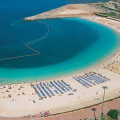
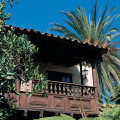
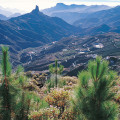
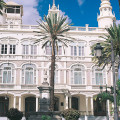

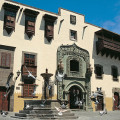
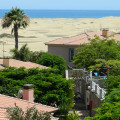
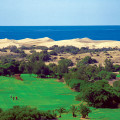
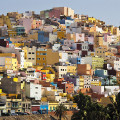
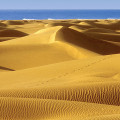
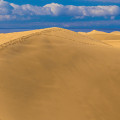

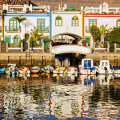
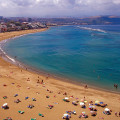
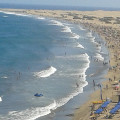
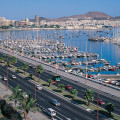
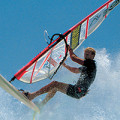
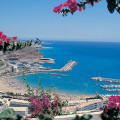
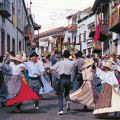
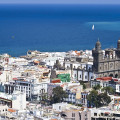

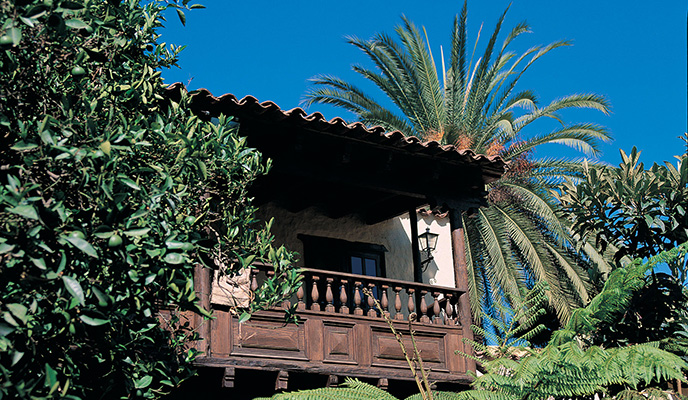
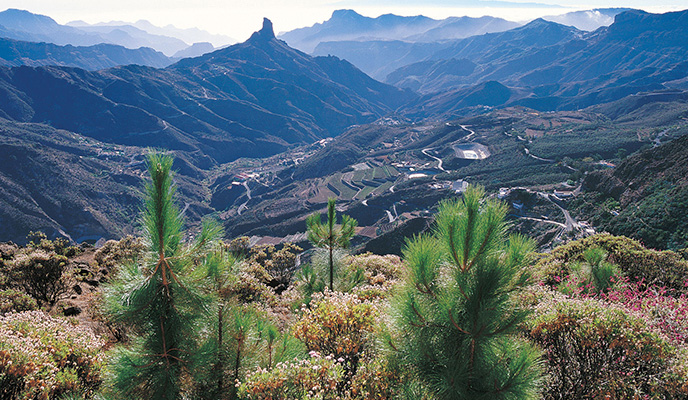
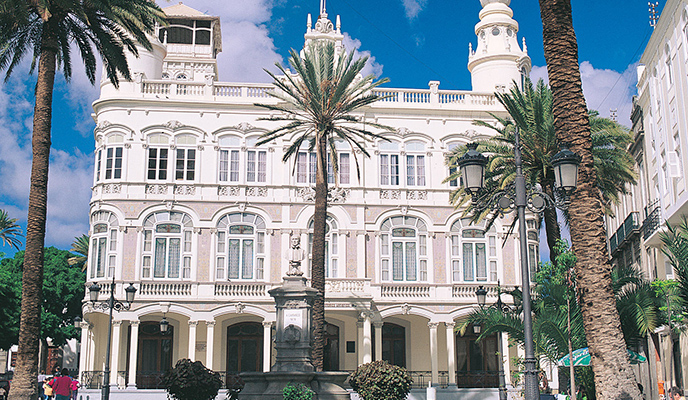

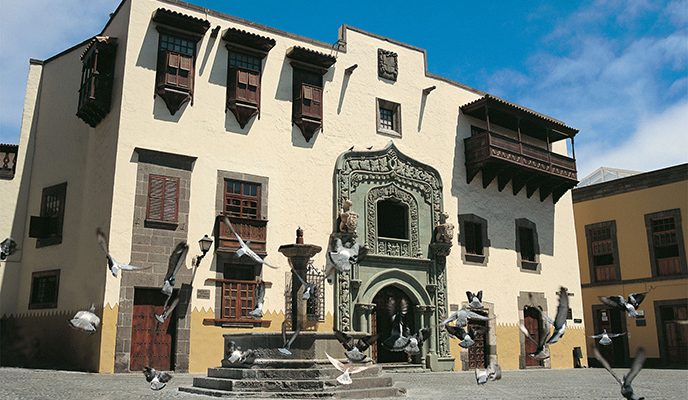
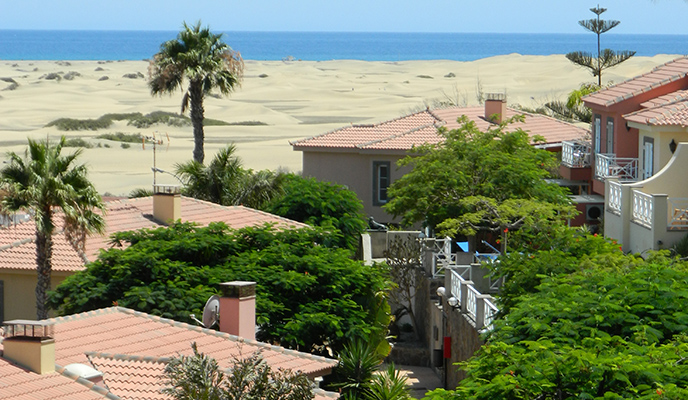
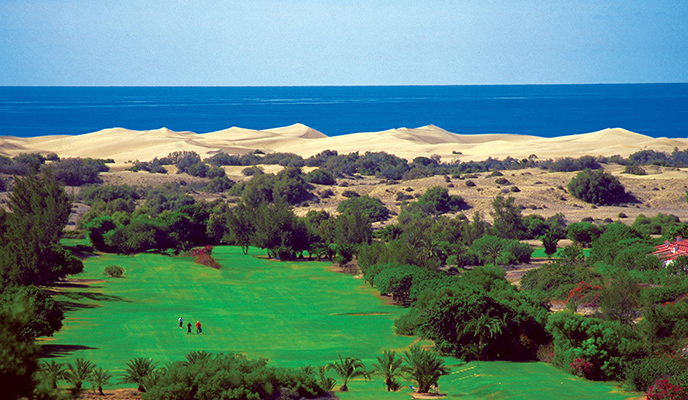

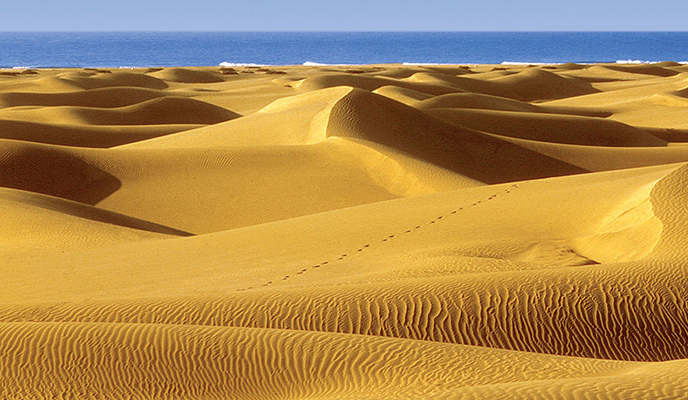
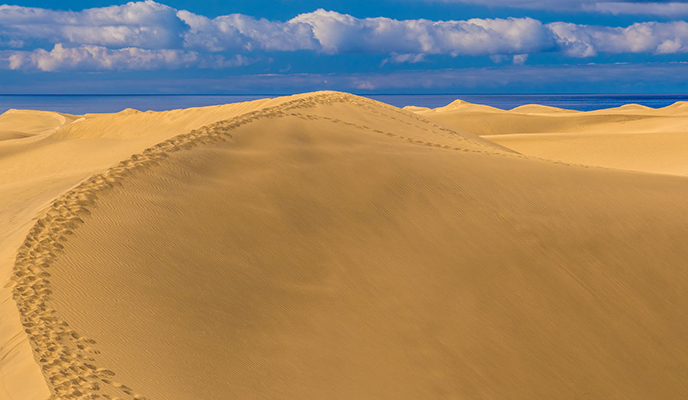
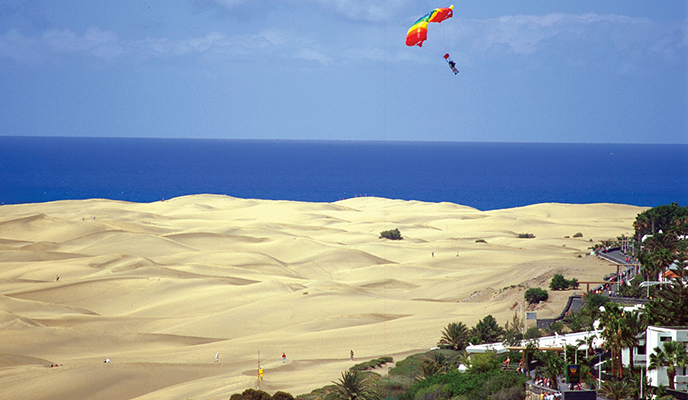
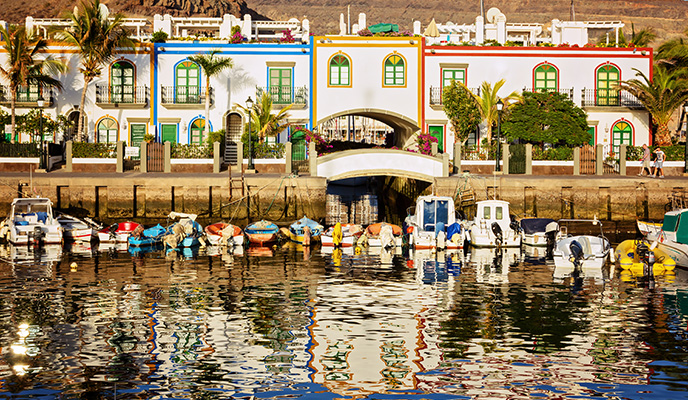
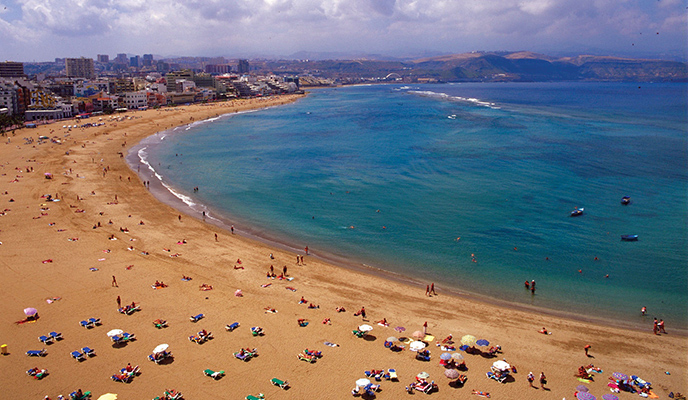
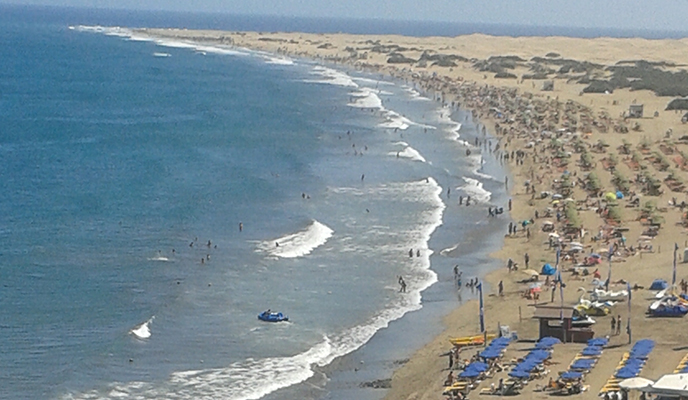
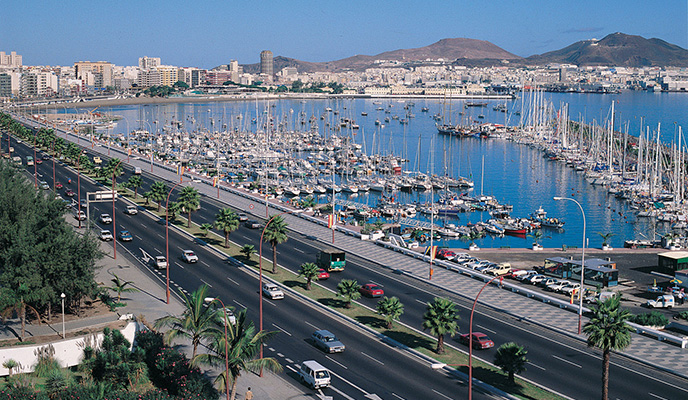
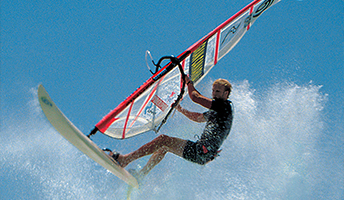
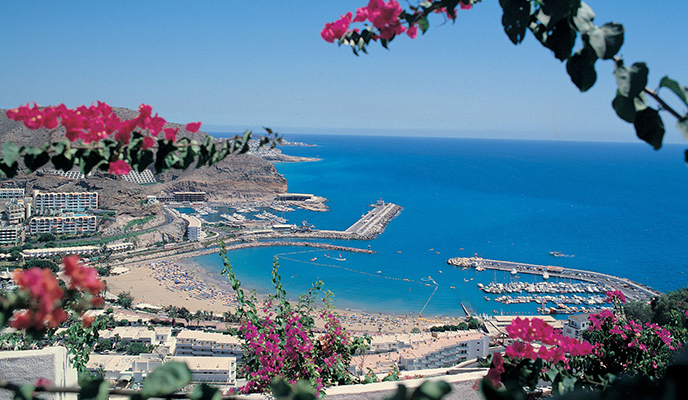
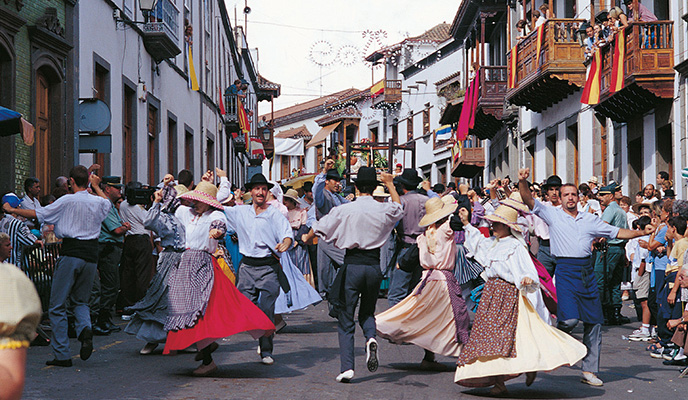
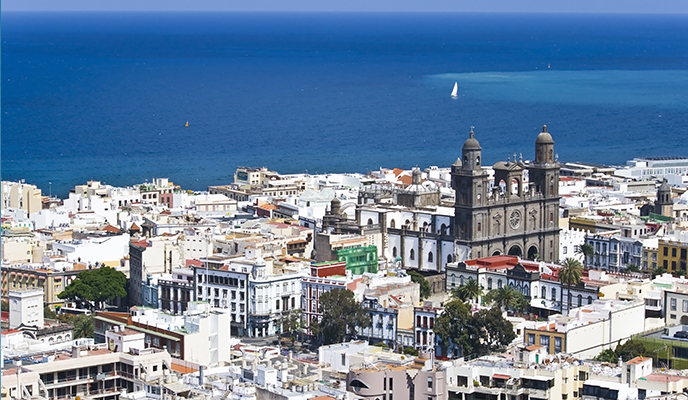
Gallery